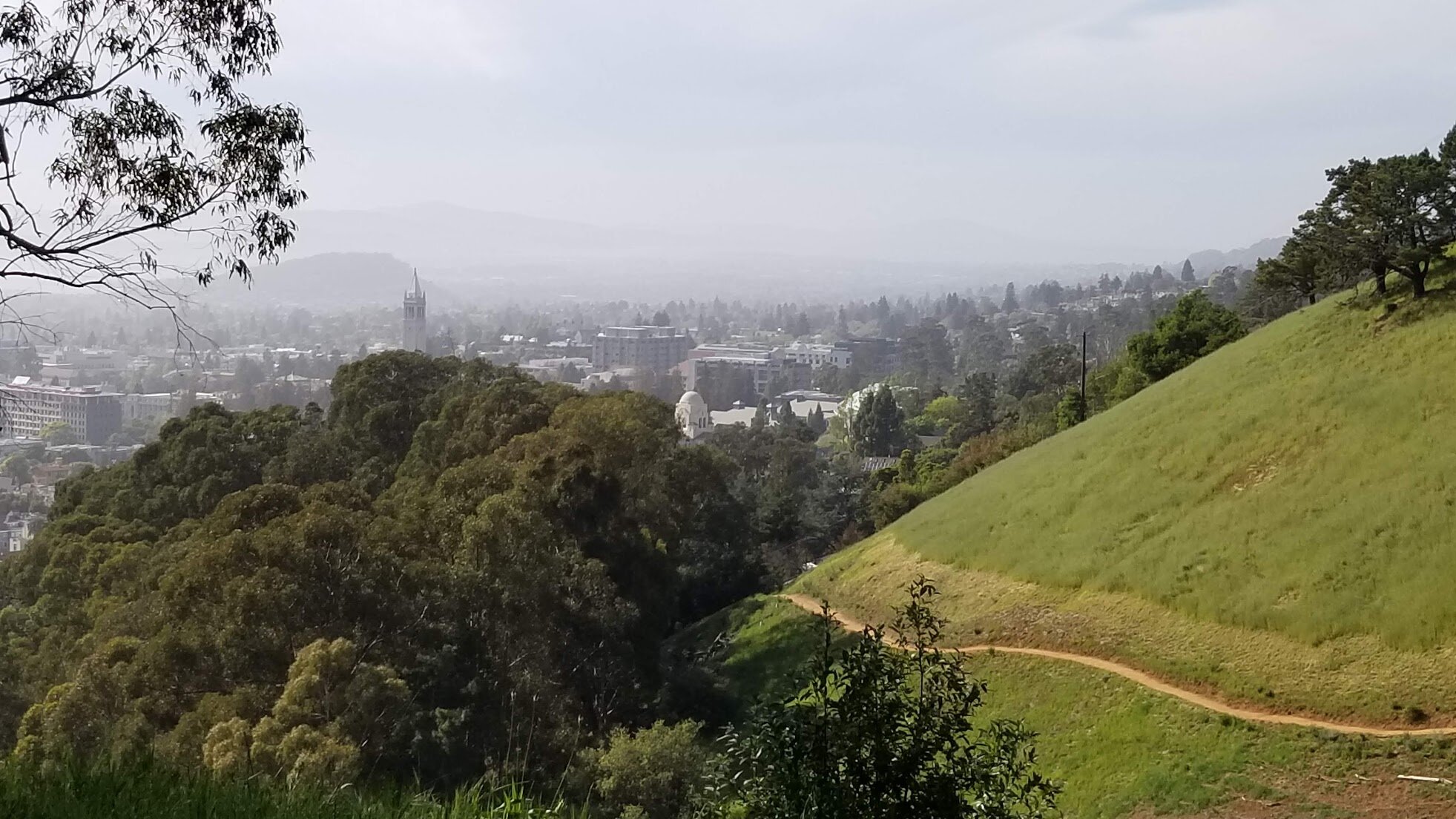Last year the Conservancy worked closely with California State Assemblyman Jim Wood drafting legislation for the wildfire bill AB 38. Early drafts of the bill included the creation of regional wildfire prevention agencies for areas of the state prone to wildfire. The purpose of the proposed agencies was to provide leadership and expertise for vegetation management and other wildfire concerns that need to be coordinated at the regional level. While AB 38 became law and provided important home-hardening retrofit funds for homeowners, as well as disclosure protection for new home buyers, it unfortunately left out the regional agency provision we hoped would be included.
As a result, wildfire prevention remains in the hands of local fire departments in areas of the state, like ours, that are under municipal control. (Calfire manages large swaths of government-owned and other wildlands defined geographically—mostly omitting the wildland-urban interface.) We believe that cities, like Oakland and Berkeley, and agencies, like EBMUD, UC Berkeley, and the East Bay Regional Park District, do not have the funds, coordinating powers, and, often, the expertise to properly manage vegetation in public parks and open spaces. Further, with many competing responsibilities, few agencies have the focus or the will to do what is necessary to prepare for wildfire. Vegetation management remains mostly undone.
One consequence is that many homeowners are finding insurance premiums increasing and policies canceled.
There may be other avenues available for us to set up a regional agency in our area without going through state legislation. Under current state law, local governments can band together to form a joint powers authority. Such authorities already exist for water quality, air quality and, here in the East Bay, for police emergency communications. We need a similarly effective regional authority for wildfire prevention to provide consistent, expert-driven leadership in how wildland vegetation is managed.
Wildfires move at hurricane speeds and force, with winds from 60 to 100 mph, fast enough to jump huge freeways. Wildfires do not stop at city or county lines. The 1991 Berkeley/Oakland Tunnel Fire took only one hour to move from the Claremont Hills neighborhood of Berkeley across Highway 24 to destroy homes in the Upper Rockridge area of Oakland. Similarly, the Tubbs Fire in 2017 moved from Napa Valley to Santa Rosa in only four hours—with evacuation times measured in minutes.
Because wildfires are all but impossible to extinguish once they get going, prevention is of paramount importance. In Alameda County alone, there are 14 separate municipalities. In Contra Costa County there are 30. Coordination among multiple jurisdictions on vegetation management presents many challenges. In order to be effective against wildfire, the necessary expertise, workforce and financial resources must be assembled over broad enough areas.
The Conservancy is working with other community organizations and with our public officials to build support for a joint powers authority to help protect us from future wildfires. The organizations below have joined the effort (updated October 2020). Other local organizations are most welcome to participate.
Claremont Canyon Conservancy
Friends of the Montclair RR Trail
Garber Park Stewards
Kensington Neighbors for Wildfire Safety
Kensington Public Safety Council
Make El Cerrito Fire Safe
Montclair Neighborhood Council
North Hills Community Association
Oakland Firesafe Council
Oakland Landscape Committee
Piedmont Pines Neighborhood Assn
Regional Parks Association
South Hills Beat 35Y.

